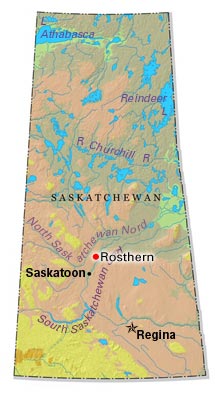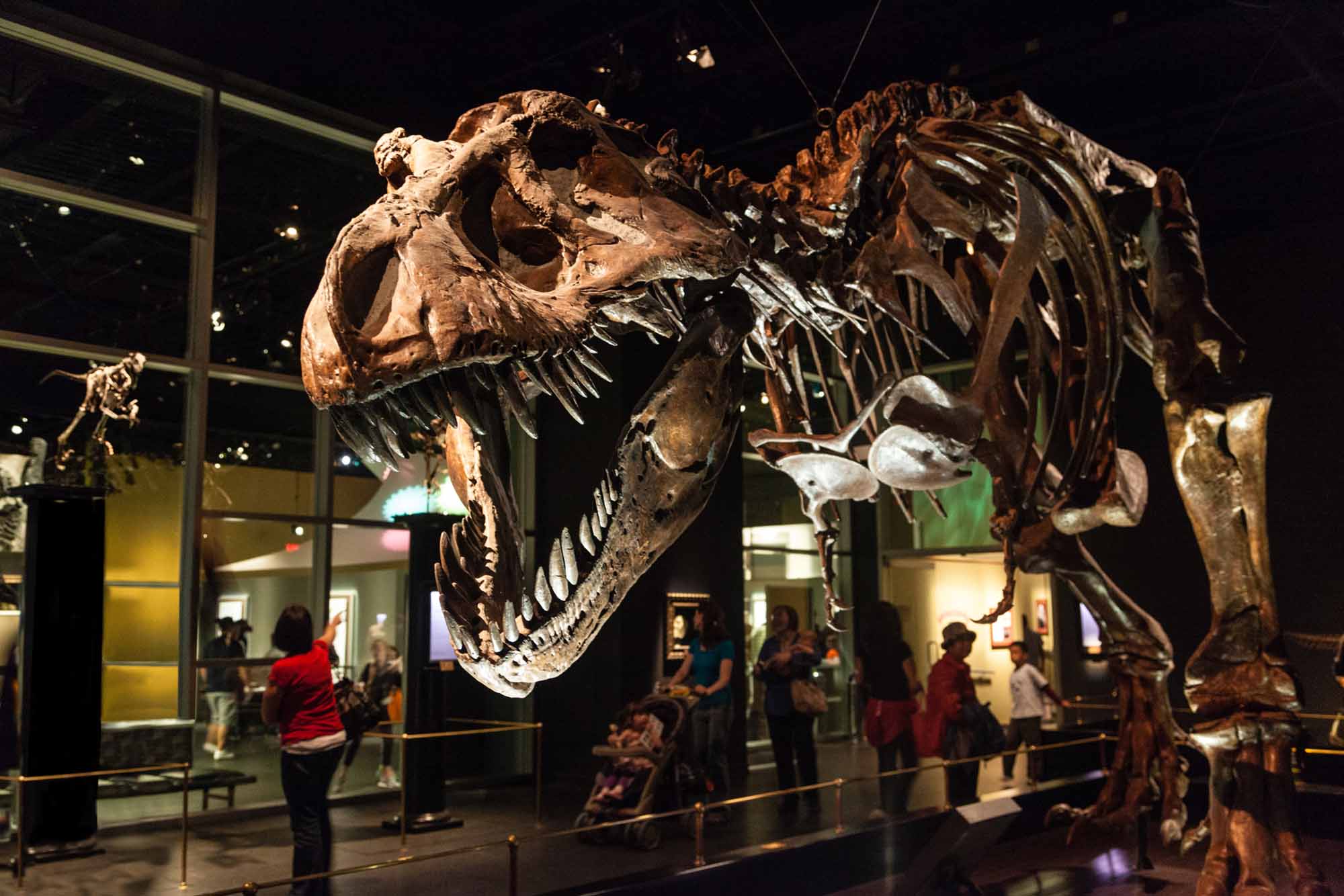Browse "Places"
-
Article
Rosetown
Rosetown, Sask, incorporated as a town in 1911, population 2317 (2011c), 2277 (2006c). The Town of Rosetown is located 115 km southwest of SASKATOON. It is a focal point for the major transportation routes of the region and is
"https://development.thecanadianencyclopedia.ca/images/tce_placeholder.jpg?v=e9dca980c9bdb3aa11e832e7ea94f5d9" // resources/views/front/categories/view.blade.php
https://development.thecanadianencyclopedia.ca/images/tce_placeholder.jpg?v=e9dca980c9bdb3aa11e832e7ea94f5d9
-
Article
Ross Farm
Ross Farm, at New Ross, NS, 28 km north of Chester, dates from 1816, when Captain William Ross led 172 disbanded soldiers into the Nova Scotia interior to establish an agricultural settlement.
"https://development.thecanadianencyclopedia.ca/images/tce_placeholder.jpg?v=e9dca980c9bdb3aa11e832e7ea94f5d9" // resources/views/front/categories/view.blade.php
https://development.thecanadianencyclopedia.ca/images/tce_placeholder.jpg?v=e9dca980c9bdb3aa11e832e7ea94f5d9
-
Article
Ross River
Ross River, Yukon, settlement, population 293 (2016 census), 352 (2011 census). Ross River is located at the confluence of the Ross and Pelly rivers. It is on the Canol Road (seeCanol Pipeline) at the halfway point on the Campbell Highway. Ross River is 360 km by road northeast of Whitehorse.
"https://development.thecanadianencyclopedia.ca/images/tce_placeholder.jpg?v=e9dca980c9bdb3aa11e832e7ea94f5d9" // resources/views/front/categories/view.blade.php
https://development.thecanadianencyclopedia.ca/images/tce_placeholder.jpg?v=e9dca980c9bdb3aa11e832e7ea94f5d9
-
Article
Ross-Thomson House
The Ross-Thomson House is located in SHELBURNE, NS. At the end of the American Revolution, thousands of LOYALISTS arrived in Shelburne. Many quickly left, but others, like George and Robert Ross, settled and began businesses in the new town.
"https://development.thecanadianencyclopedia.ca/images/tce_placeholder.jpg?v=e9dca980c9bdb3aa11e832e7ea94f5d9" // resources/views/front/categories/view.blade.php
https://development.thecanadianencyclopedia.ca/images/tce_placeholder.jpg?v=e9dca980c9bdb3aa11e832e7ea94f5d9
-
Article
Rossland
Rossland, BC, incorporated as a city in 1897, population 4,140 (2021 census), 3,729 (2016 census). The City of Rossland is located 10 km southwest of Trail in the eroded crater of a long-extinct volcano of the Monashee Mountains.
"https://development.thecanadianencyclopedia.ca/images/tce_placeholder.jpg?v=e9dca980c9bdb3aa11e832e7ea94f5d9" // resources/views/front/categories/view.blade.php
https://development.thecanadianencyclopedia.ca/images/tce_placeholder.jpg?v=e9dca980c9bdb3aa11e832e7ea94f5d9
-
Article
Rosthern
In 1891 and 1892 a group of Mennonite farmers, several from the Manitoba settlements, arrived in the area. Dr Seager WHEELER, a pioneer in scientific agriculture, had his farm in the area; it is now a national historic site.
"https://d2ttikhf7xbzbs.cloudfront.net/media/media/3aaaa54e-d3b3-45f2-97e7-ffa1b1d5118d.jpg" // resources/views/front/categories/view.blade.php
https://d2ttikhf7xbzbs.cloudfront.net/media/media/3aaaa54e-d3b3-45f2-97e7-ffa1b1d5118d.jpg
-
Article
Rothesay
Rothesay, NB, incorporated as a town in 1998, population 11 947 (2011c), 11 637 (2006c). It is situated on the eastern side of the Kennebecasis River, 22 km northeast of Saint John.
"https://development.thecanadianencyclopedia.ca/images/tce_placeholder.jpg?v=e9dca980c9bdb3aa11e832e7ea94f5d9" // resources/views/front/categories/view.blade.php
https://development.thecanadianencyclopedia.ca/images/tce_placeholder.jpg?v=e9dca980c9bdb3aa11e832e7ea94f5d9
-
Article
Rouge National Urban Park
Rouge National Urban Park is an ecologically protected zone in the Greater Toronto Area that encompasses much of the valleys of the Rouge River and Little Rouge Creek. A total of 79.1 km2 of land has been committed to the park, which straddles parts of the Ontario cities of Toronto, Markham, Pickering and the Township of Uxbridge. The historic area includes farmland, green space, wetlands and rivers alongside urban development, roads and highways. Established 15 May 2015 and managed by Parks Canada, Rouge is Canada’s first National Urban Park and the largest urban park in North America.
"https://d2ttikhf7xbzbs.cloudfront.net/media/media/89696c73-3105-407f-b3ce-ae56d9472b7d.jpg" // resources/views/front/categories/view.blade.php
https://d2ttikhf7xbzbs.cloudfront.net/media/media/89696c73-3105-407f-b3ce-ae56d9472b7d.jpg
-
Article
Rouyn-Noranda
Rouyn-Noranda, Qué, City, pop 28 270 (2001c), 30 936 A (1996c), 28 958 (1991c), area 348.07 km2, inc 1986, is the largest centre in the Abitibi-Témiscaming region and its administrative capital.
"https://development.thecanadianencyclopedia.ca/images/tce_placeholder.jpg?v=e9dca980c9bdb3aa11e832e7ea94f5d9" // resources/views/front/categories/view.blade.php
https://development.thecanadianencyclopedia.ca/images/tce_placeholder.jpg?v=e9dca980c9bdb3aa11e832e7ea94f5d9
-
Article
Roy Thomson Hall
Roy Thomson Hall. 2,630-seat Toronto concert hall, located in the block bounded by King, Simcoe and Wellington streets. It is managed by The Corporation of Massey Hall and Roy Thomson Hall and is home to the Toronto Symphony Orchestra (TSO) and the Toronto Mendelssohn Choir.
"https://d2ttikhf7xbzbs.cloudfront.net/media/media/8e9bcc17-3197-41b1-96d0-453c9d467faf.jpg" // resources/views/front/categories/view.blade.php
https://d2ttikhf7xbzbs.cloudfront.net/media/media/8e9bcc17-3197-41b1-96d0-453c9d467faf.jpg
-
Article
Royal Alexandra Theatre
The Royal Alexandra Theatre, Toronto, completed in 1907 at a cost of $750 000, is one of the few surviving large professional theatres found in numerous Canadian cities at the turn of the century. It was designed by John LYLE in 1906 for a group of prominent businessmen headed by Cawthra Mulock.
"https://d2ttikhf7xbzbs.cloudfront.net/media/media/8ddeac60-9acc-43d7-beb8-c269849589d2.jpg" // resources/views/front/categories/view.blade.php
https://d2ttikhf7xbzbs.cloudfront.net/media/media/8ddeac60-9acc-43d7-beb8-c269849589d2.jpg
-
Article
Royal Alexandra Theatre
The 'Royal Alex,' as it is known affectionately, was designed by John Lyle who, using New York's New Amsterdam Theater as a model, incorporated novel features such as air conditioning which required tons of ice and.9 m-thick concrete floors which made it Canada's first fireproof theatre.
"https://d2ttikhf7xbzbs.cloudfront.net/media/media/8ddeac60-9acc-43d7-beb8-c269849589d2.jpg" // resources/views/front/categories/view.blade.php
https://d2ttikhf7xbzbs.cloudfront.net/media/media/8ddeac60-9acc-43d7-beb8-c269849589d2.jpg
-
Article
Royal Ontario Museum
The Royal Ontario Museum owes its existence in large part to the vision of two remarkable men. The first, Charles Trick Currelly (1876-1957), was born at Exeter Ontario and originally trained as a Methodist minister at the University of Toronto.
"https://d2ttikhf7xbzbs.cloudfront.net/media/media/22f481c2-e932-42e6-9f3b-72abf89dbd59.jpg" // resources/views/front/categories/view.blade.php
https://d2ttikhf7xbzbs.cloudfront.net/media/media/22f481c2-e932-42e6-9f3b-72abf89dbd59.jpg
-
Article
Royal Tyrrell Museum of Palaeontology
The Tyrrell's 4,400 square metres of display space celebrate 3.5 billion years of life on Earth. More than 800 fossils are on permanent display. They include some of the largest land animals the world has known. More than 30 dinosaur specimens can be seen in the main gallery.
"https://d2ttikhf7xbzbs.cloudfront.net/media/media/25653c05-4631-4686-a09a-e68138e82c84.jpg" // resources/views/front/categories/view.blade.php
https://d2ttikhf7xbzbs.cloudfront.net/media/media/25653c05-4631-4686-a09a-e68138e82c84.jpg
-
Article
Rupert's Land
Rupert’s Land was a vast territory of northern wilderness. It represented a third of what is now Canada. From 1670 to 1870, it was the exclusive commercial domain of the Hudson’s Bay Company(HBC) and the primary trapping grounds of the fur trade. The territory was named after Prince Rupert, the HBC’s first governor. Three years after Confederation, the Government of Canada acquired Rupert’s Land from the HBC for CAD$1.5-million (£300,000). It is the largest real estate transaction (by land area) in the country’s history. The purchase of Rupert’s Land transformed Canada geographically. It changed from a modest country in the northeast of the continent into an expansive one that reached across North America. Rupert’s Land was eventually divided among Quebec, Ontario, Manitoba, Saskatchewan, Alberta and the Northwest Territories. (This is the full-length entry about Rupert’s Land. For a plain language summary, please see Rupert’s Land (Plain-Language Summary).)
"https://d2ttikhf7xbzbs.cloudfront.net/PrinceRupert/hudson_bay_ruperts_land.jpg" // resources/views/front/categories/view.blade.php
https://d2ttikhf7xbzbs.cloudfront.net/PrinceRupert/hudson_bay_ruperts_land.jpg
